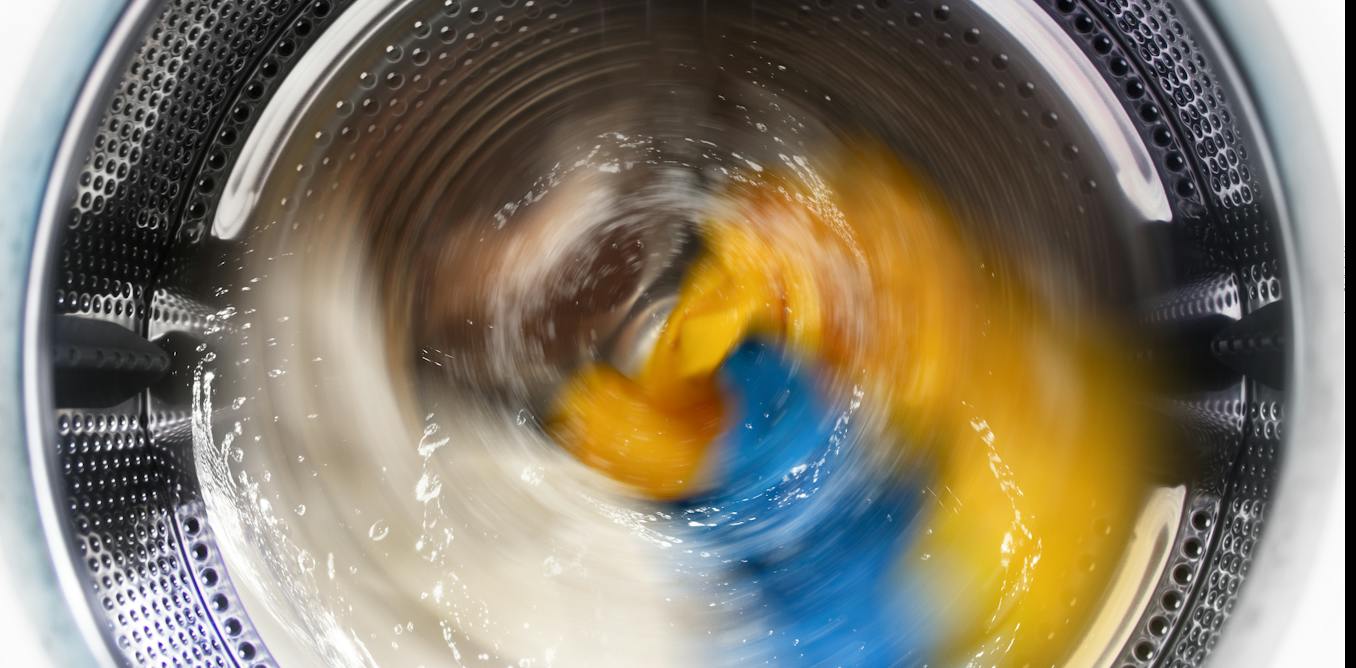The most common microplastics in the environment are microfibers—plastic fragments shaped like tiny threads or filaments. Microfibers come from many sources, including cigarette butts, fishing nets and ropes, but the biggest source is synthetic fabrics, which constantly shed them.
Textiles shed microfibers while they are manufactured, worn and disposed of, but especially when they are washed. A single wash load can release several million microfibers. Many factors affect how many fibers are released, including fabric type, mechanical action, detergents, temperature and the duration of the wash cycle.



I tried to read the article, but it was a struggle - I skimmed bits. But, I’m pretty sure it never suggested reducing the amount of plastic in your clothes as an option.
Because reducing the amount you buy is not an option, per capitalism.
An example from the debate around climate change: Plan cities that don’t require driving? Bad. Replace cars we already own with EVs? Good.
Reducing the amount you buy doesn’t reduce the particles shed during wearing and washing.
But of course buying less overall, and as much second hand as possible, is always the better option not just for clothes. And some skills in mending your clothes so you don’t have to throw them away just because of a broken zipper or a ripped seam.
Best investment: a sewing machine.